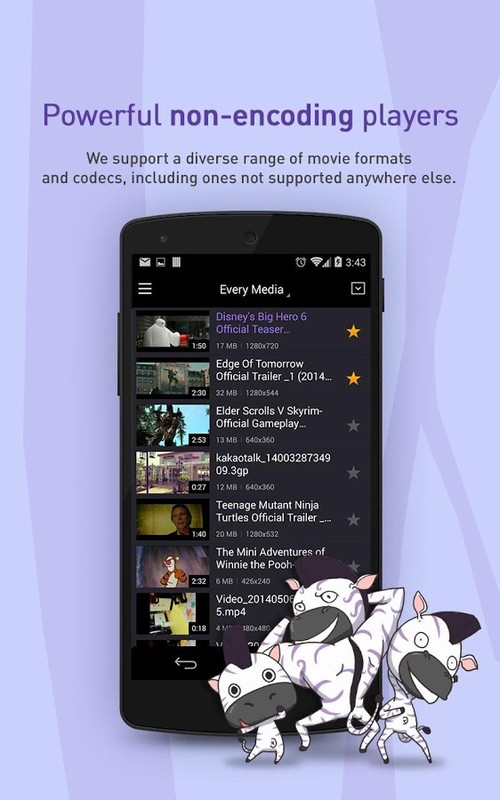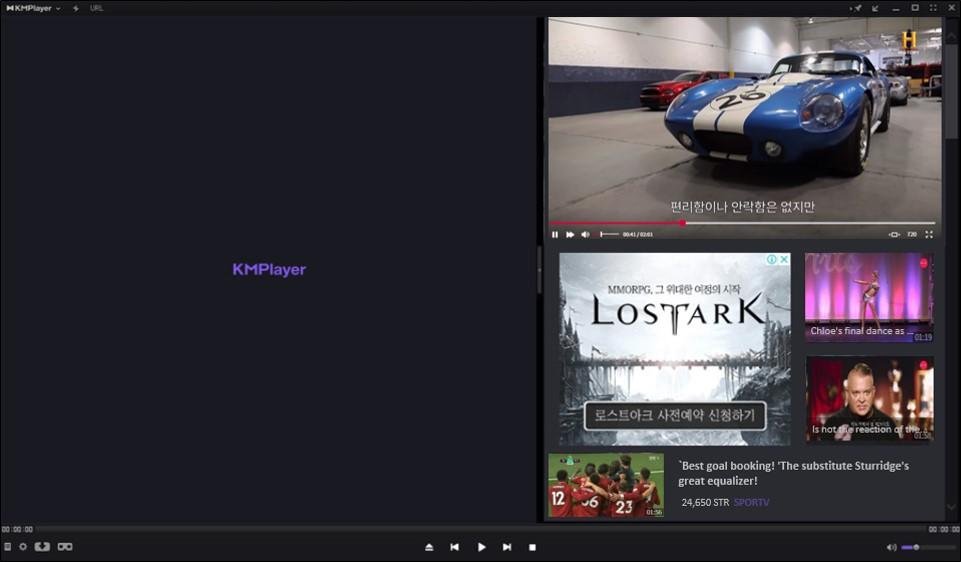



The ability to re-sync out of sync subtitles, change subtitle files, or even work on your own subtitles happens here. It gets even deeper here, since subtitle options are a big deal in the communities that developed major media player powerhouses. You can manage specific settings for each feature, such as sharpness and gray scale for video, playback loop, and subtitle source if there are multiple subtitle language options. A control box for managing audio, video, and subtitles.Service apps representing multiple internet video and music channels.A robust media file organization system.When it comes to third-party media players at the top of the market, it's all about having as many options as possible without having to hack on your own.Ī built-in set of recommended codecs and plugins is one of the most important inclusions for an otherwise fully-functional and efficient media player. For people who didn't want to install or learn a completely new operating system, using customizable programs allowed more control. Lack of customization is why a lot of people use Linux. Why not just use built-in Windows or Mac media players? The old media players from major Operating Systems (OS) wouldn't recognize certain formats that had best performance and wouldn't let you use custom codecs. Tools like KMPlayer came out to use Open Source options, allowing customized audio/video/data options called Codecs. Sometimes the features didn't exist at all, such as subtitles or format support.Ī lot of earlier internet media was proprietary, and developers didn't often play nice. In the late 1990s and early 2000s, downloading or streaming video meant dealing with picture, audio, subtitle, and other quality issues that weren't to the user's liking. For media players, it's all about personal preference. Many apps like this began as products of passion or as personal solutions when other software wasn't enough. It was originally developed by Kang Yong-Huee, but is now managed by Pandora TV. This media player, like many others, is simply an alternative to the stock media players that may have limited features. 32-bit applications are limited to 4GB of memory access, 64-bit can do a lot more. This is the 64-bit version of the KMPlayer media player app.Ħ4-bit means opening a few options and enhancements, but most people care about be able to read and access more memory.


 0 kommentar(er)
0 kommentar(er)
